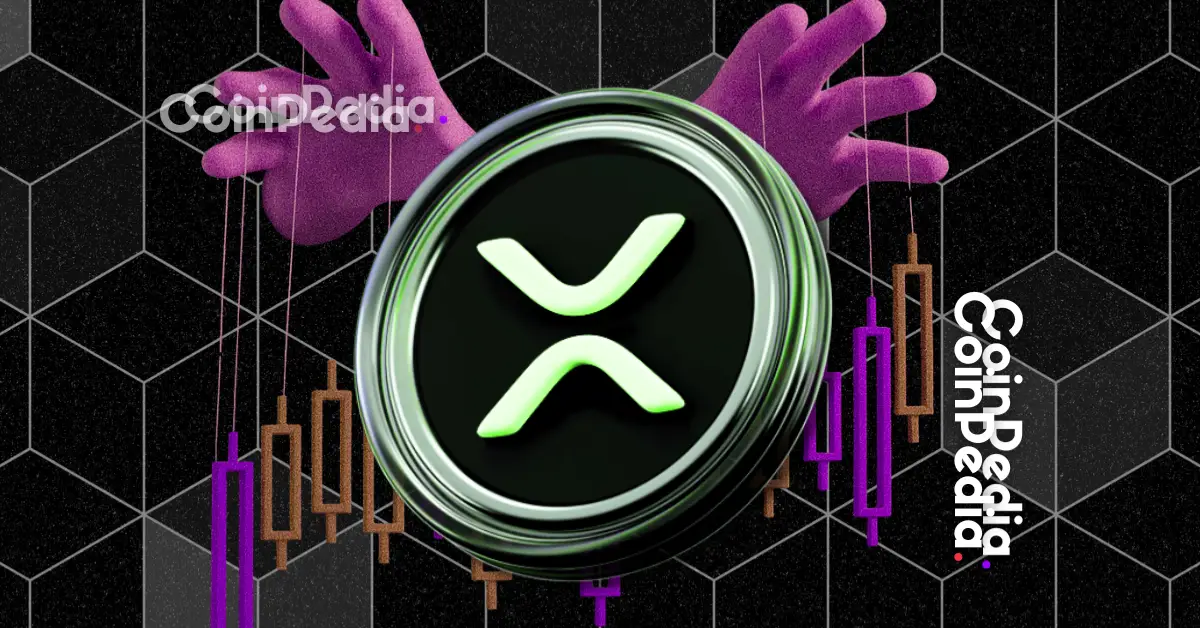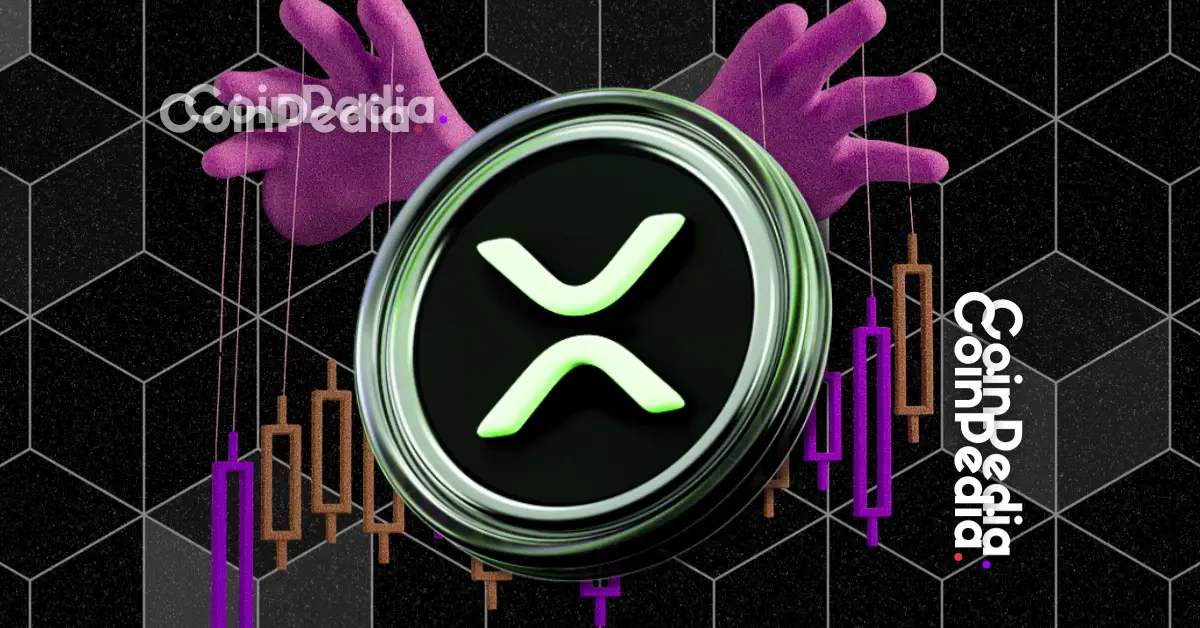XRP’s Ascent to $3.64: A Deep Dive into Regulatory Wins and Market Dynamics
Introduction: A Ripple Effect in the Crypto Sea
The cryptocurrency market is known for its volatility, but few assets have experienced the kind of meteoric rise that XRP has recently enjoyed. Hitting an all-time high of $3.64, XRP’s surge is not just a fleeting moment of market euphoria but the result of a strategic convergence of regulatory clarity, technological innovation, and institutional adoption. This report explores the multifaceted drivers behind XRP’s impressive performance, examining Ripple’s strategic maneuvers, the shifting market sentiment, and the potential hurdles that could shape its future trajectory.
Regulatory Breakthroughs: Paving the Way for Growth
The cryptocurrency landscape is fraught with regulatory uncertainty, but Ripple has managed to navigate these waters with a series of strategic wins that have bolstered investor confidence and driven XRP’s price upward.
Bank Charter Bid: A Step Toward Institutional Legitimacy
Ripple’s application for a national bank charter with the Office of the Comptroller of the Currency (OCC) is a bold move that could redefine its role in the financial ecosystem. If approved, this charter would allow Ripple to operate as a regulated financial institution, bringing its RLUSD stablecoin under federal banking oversight. This regulatory clarity is a game-changer for institutional investors, who have long sought a legal framework within which to engage with digital assets.
RLUSD Stablecoin: Diversifying Ripple’s Offerings
The launch of RLUSD, Ripple’s stablecoin, marks a significant expansion of its service offerings. Designed to compete with established stablecoins like USDC, RLUSD provides a regulated and reliable medium for transactions within the Ripple ecosystem. This move not only enhances Ripple’s competitive position but also positions it as a key player in the stablecoin market, which is rapidly gaining traction as a preferred medium for digital transactions.
Strategic Positioning: XRP’s Role in Cross-Border Payments
While RLUSD garners attention, XRP remains the cornerstone of Ripple’s mission to revolutionize cross-border payments. Unlike stablecoins, which prioritize stability and ease of use, XRP is specifically engineered to facilitate fast, low-cost international transactions.
Cross-Border Focus: Bridging the Gap
Ripple’s technology leverages XRP to bridge the gap between different currencies and payment systems, enabling near-instantaneous transfers across borders. This functionality addresses a critical need in the global financial system, which is still plagued by slow, expensive, and inefficient cross-border payment processes.
Liquidity and Efficiency: A Tool for Financial Institutions
XRP serves as a liquidity tool for financial institutions, allowing them to reduce the capital required for international transactions. By using XRP as a bridge currency, banks and payment providers can minimize the need to hold large reserves of foreign currencies, thereby freeing up capital for other purposes. This efficiency is a significant draw for institutions looking to streamline their operations and reduce costs.
Institutional Adoption: A Vote of Confidence
The growing adoption of XRP by institutional investors is another key driver behind its recent price surge. As institutional players enter the digital asset market, their investments tend to have a significant impact on price and market sentiment.
Growing Interest: A Shift in Institutional Perspective
Institutional interest in XRP has been growing steadily, fueled by the regulatory clarity and the potential for XRP to disrupt the traditional financial system. Recent data indicates that institutional investments in XRP have been on the rise, reflecting a growing confidence in its long-term prospects.
BNY Mellon as Custodian: A Testament to Institutional Trust
The partnership between Ripple and BNY Mellon, one of the world’s largest custodian banks, is a testament to this growing institutional confidence. BNY Mellon’s role as the custodian for RLUSD provides a secure and regulated framework for institutional investors to participate in the Ripple ecosystem. This partnership not only enhances the credibility of RLUSD but also signals a broader acceptance of digital assets within traditional financial institutions.
Market Dynamics: Sentiment and Speculation
While regulatory progress and institutional adoption provide a solid foundation for XRP’s growth, market sentiment and speculative trading also play a significant role in its price movements.
Retail Enthusiasm: The Power of the Crowd
Increased retail enthusiasm often complements institutional interest, driving trading volumes and pushing prices higher. Social media trends, online forums, and crypto news outlets play a crucial role in shaping retail sentiment and influencing investment decisions. The collective excitement around XRP’s potential has contributed to its recent price surge, as retail investors flock to capitalize on the momentum.
Whale Activity: The Influence of Large Holders
Large XRP holders, often referred to as “whales,” can have a significant impact on the market through their trading activities. Large buy or sell orders can trigger price swings, creating opportunities for speculative traders and influencing overall market sentiment. The movements of these whales are closely watched by the crypto community, as their actions can signal broader market trends and investor confidence.
Challenges and Considerations: Navigating Future Hurdles
Despite the positive momentum, XRP faces several challenges that could impact its future performance.
Centralization Concerns: A Double-Edged Sword
One of the main criticisms leveled against XRP is its centralized nature. Unlike decentralized cryptocurrencies like Bitcoin, XRP is closely tied to Ripple Labs, which holds a significant portion of the total XRP supply. This centralization raises concerns about potential manipulation and control. While this structure has allowed Ripple to maintain a high degree of control over XRP’s development and distribution, it also makes the asset more vulnerable to regulatory scrutiny and market skepticism.
Competition: The Ever-Present Threat
The cryptocurrency market is highly competitive, with new projects and technologies emerging constantly. XRP faces competition from other cryptocurrencies and blockchain platforms that offer similar functionalities, as well as from traditional payment systems that are evolving to meet the demands of the digital age. To maintain its competitive edge, Ripple must continue to innovate and adapt to the changing market landscape.
Regulatory Uncertainty: A Persistent Challenge
While Ripple’s settlement with the SEC has brought some clarity, the regulatory landscape for cryptocurrencies remains uncertain. Changes in regulations or adverse legal rulings could negatively impact XRP’s price and adoption. Ripple must continue to engage with regulators and advocate for clear, fair, and consistent regulations that foster innovation while protecting investors.
How XRP Could Undermine Ripple’s Move for National Trust Bank
Ripple Labs’ ambition to become a national trust bank is a strategic move that could solidify its position in the financial industry. However, this ambition is not without its challenges. One of the most significant hurdles is Ripple’s massive holdings of XRP. The presence of such a large amount of XRP on Ripple’s balance sheet could raise concerns among regulators and investors alike. The centralization of XRP and the potential for market manipulation are critical issues that could undermine Ripple’s efforts to secure a national trust bank charter. Addressing these concerns will be crucial for Ripple to achieve its regulatory goals and maintain investor confidence.
Conclusion: A Promising Future with Cautious Optimism
XRP’s recent surge to $3.64 is a testament to the convergence of regulatory progress, strategic innovation, and institutional adoption. The asset’s potential to disrupt traditional financial systems and facilitate faster, cheaper, and more efficient cross-border payments is undeniable. However, the path forward is not without its challenges. Centralization concerns, competition, and regulatory uncertainty are persistent hurdles that Ripple must navigate carefully.
As Ripple continues to expand its ecosystem and engage with regulators, XRP is poised to play a significant role in the evolving world of digital finance. The market’s cautious optimism reflects a recognition of XRP’s potential, tempered by an awareness of the challenges that lie ahead. The future of XRP is bright, but its success will depend on Ripple’s ability to address these challenges and capitalize on the opportunities that lie ahead. The journey is far from over, but the destination is one that holds immense promise for the future of digital finance.












